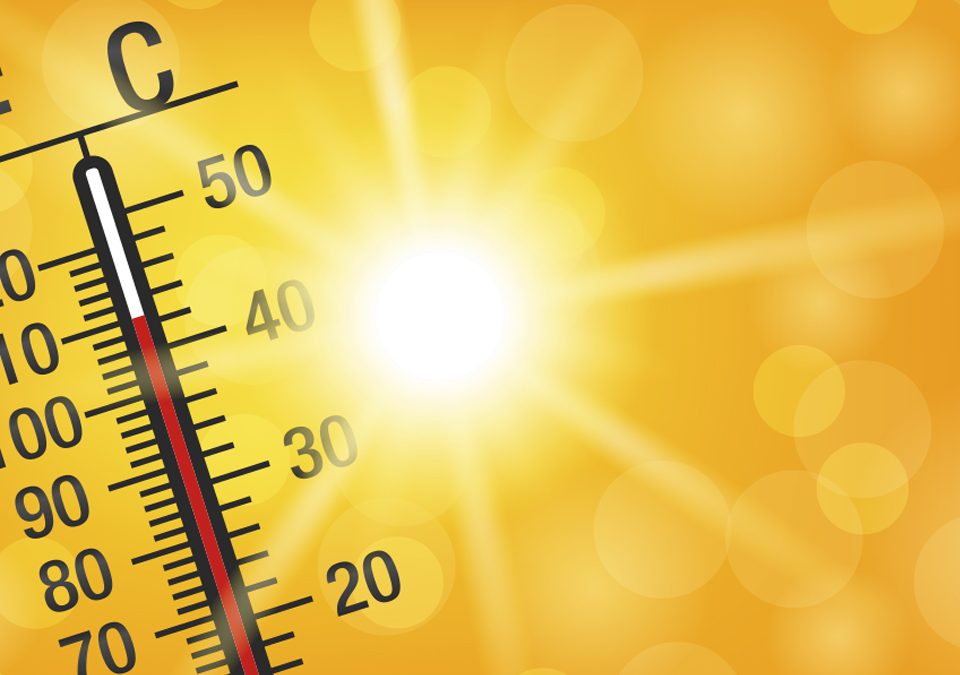Kiwis Look to Pumped Storage to Meet Climate Goals
OP-Ed: Robbing Peter to Pay Paul, Even More -Arkansas Public Service Commission rules that all ratepayers must subsidize solar owners
July 20, 2020State, Private Entities Build Out Electric Vehicle Infrastructure
August 4, 2020Lost in the accolades that New Zealand Prime Minister, Jacinda Arden, received for the proactive measures that her government implemented to squash the Covid-19 epidemic in her remote Pacific Rim nation was a report from the country’s Interim Climate Change Committee calling for the use of more pumped hydropower storage to meet its ambitious goal of having a 100% renewable energy electricity portfolio by 2035.
Since our inception more than a decade ago, we’ve written numerous articles discussing the promise of pumped storage in firming the ever-increasing proliferation of intermittent solar and wind renewable energy projects. In our discussions, we’ve frequently pointed out that even with all the advancements in battery storage, the U.S. Department of Energy calculates that pumped storage still accounts for over 95% of the energy storage capacity in the U.S.
There are two types of pumped storage systems – closed loop and open loop. In a closed-loop system, water is pumped from one reservoir to another reservoir, at a significantly higher elevation — at night — or when electricity demand and prices are at their lowest. The water is subsequently released from the upper reservoir to the lower pool through a system of hydropower turbines when power demand and prices are at their highest. An open-loop system pumps water from a naturally flowing water source – like a river – to a reservoir at elevation.
According to the Energy Information Administration, there are approximately 22.9 gigawatts of pumped storage capacity in the U.S., or enough capacity to meet the needs (one gigawatt = 700,000 homes) of 16 million households. It has the proven ability to complement the intermittent nature of wind and solar. So, it’s not surprising that the Federal Energy Regulatory Commission is currently considering license applications that would add an additional 1,145 megawatts of pumped storage capacity and relicense another 3,135 megawatts of existing capacity including the Eagle Mountain Storage project in southern California.
Southern California to New Zealand’s North Island is approximately a 13-hour flight and just over 6,600 miles as the crow flies. Besides sharing a common language, New Zealand couldn’t be more different from the United States in nearly every category, from demographics to geography. Yet, much like the U.S., this isolated island country in the South Pacific is actively pursuing pumped storage capacity to meet its ambitious goal of eliminating all sources of carbon-producing energy from its electricity portfolio by 2035.
This pursuit comes on the heels of a report from the country’s Interim Climate Change Committee (ICCC) published in April 2019. The report calls for an “…investigation of a pumped hydro storage solution…as a priority,” because “it has the advantage of being able to meet dry year, intermittency, and peak capacity requirements.” In other words, the ICCC recognized the proven “battery” potential of pumped storage to meet intermittent (not consistent) power production of renewable energy sources like wind and solar.
The development of pumped hydro storage capacity was a key finding of the ICCC report. That’s just one reason why New Zealand’s Energy and Resources Minister, Megan Woods, recently announced a $30 Million NZ ($19.6 Million US) outlay to investigate the feasibility of $4 billion N.Z. ($2.7 billion U.S.) pumped hydro storage project on Lake Onslow on the country’s South Island.
If proved feasible and developed, the Lake Onslow hydro project would be New Zealand’s most substantial infrastructure undertaking since the 1980s. When fully developed, the pumped storage project would provide 5,000-gigawatt hours of electricity more than doubling the 4,500-gigawatt hours of existing hydropower capacity.
The United States and New Zealand are two very different countries. Still, they have both landed on pumped hydropower storage as a proven affordable and reliable energy solution utilized to solve the global carbon emission reduction equation. Let’s hope this renaissance of a time-tested source of reliable and renewable energy continues.
Online recommendations
- Casino Online Nuovi
- Casino Non Aams
- Slot Sites UK
- Non Gamstop Casino
- UK Online Casinos Not On Gamstop
- UK Online Casinos Not On Gamstop
- Casino Sites Not On Gamstop
- Online Casinos
- Best Non Gamstop Casinos
- Non Gamstop Casino Sites UK
- Non Gamstop Casinos UK
- UK Betting Sites Not On Gamstop
- Casinos Not On Gamstop
- Non Gamstop Casinos
- Non Gamstop Casinos
- Best Non Gamstop Casinos
- UK Online Casinos Not On Gamstop
- Casino Sites Not On Gamstop
- Non Gamstop Casino
- Casino Not On Gamstop
- Casinos Not On Gamstop
- New Non Gamstop Casinos No Deposit Bonus
- Casino Non Aams



